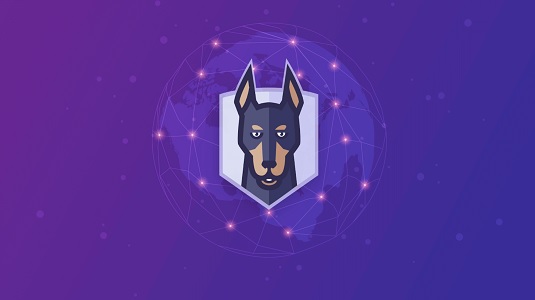Snyk report shows Java ecosystem is more relevant than ever
After more than 25 years, Java is still one of the most popular open source programming languages in the world. To provide more insights into how Java and the JVM ecosystem are used amongst the developer community, Snyk has launched the Java ecosystem report 2021.
Almost all developers have Java in their stack
The survey shows that while the variety of JVM languages grew over the last couple of years, Java is still very much on top, used by 91% of developers. 58.8% of developers use Java and Java alone, while 33% use more than one JVM language in their stack. This tells us almost all developers that use two or more languages have Java included in their stack.
Kotlin is in second place, used by 17.7% of developers, while 15% say they use Kotlin together with Java, likely due to the two languages' great interoperability.
"Java shows no sign of slowing down or becoming less relevant to the needs of enterprise application developers our survey shows," says Brian Vermeer, Developer Advocate for Snyk. "It is incredible to see that the Java ecosystem has evolved significantly over the years and is probably more relevant than ever before."
Wide variety of Java versions used
In 2017 Java introduced a six-month release cadence. Keeping up with this pace is not always easy and, for enterprise-wide mission-critical applications, probably not an option. The survey results clearly show developers need to maintain older applications that depend on legacy Java versions next to the newer, improved versions.
40% of participants use more than one Java version in production. Java 16 is the latest version and Java 17 due to be released in September, but it is interesting to see that 59.9% of respondents still use Java 8, 61.5% use Java 11, and 5.7% still use Java 7 or below, in production. 30.2% use both Java 8 and Java 11 in production. In the last couple of years, we saw that developers were stuck at Java 8 and not adopting newer versions. Now, we can conclude that more people do upgrade to versions beyond 8.
"The results clearly show that non-LTS versions, like Java 10, 12, and 13 are not heavily used in production," says Brian Vermeer. "This might have something to do with the support of these versions. The general advice is either stay on the most recent LTS version, currently Java 11, or move to the latest release every six months."
The situation is pretty much mirrored in development. 50.1% use Java 8, 64.3% use Java 11 and 25% use Java 15: the latest version out at the time of the survey. This shows that, although developers are clearly shifting away from Java 8, it will still be part of the developer's stack for some time.
"We all aim to write great code, but Java security is not always part of a developer's mindset," says Brian Vermeer. "If you upgrade Java properly, use only the modules needed and make sure that your applications are built with a security mindset, you manage to minimize the risk. However, preventing Java security issues should be just as important as making your Java application performant, scalable, and maintainable."
About the report
The report presents the results of the largest annual survey on the state of the JVM ecosystem. Snyk performed the survey in cooperation with Azul, and it was conducted over a period of six weeks through February and March 2021, gathering the responses of over 2000 Java developers.
To access the full report, pleases visit https://res.cloudinary.com/snyk/image/upload/v1623860216/reports/jvm-ecosystem-report-2021.pdf
For more information on getting started with Snyk for secure Java development, visit https://snyk.io/

